This was published 5 years ago
The world's 10 most spectacular animal migrations
BATS, ZAMBIA
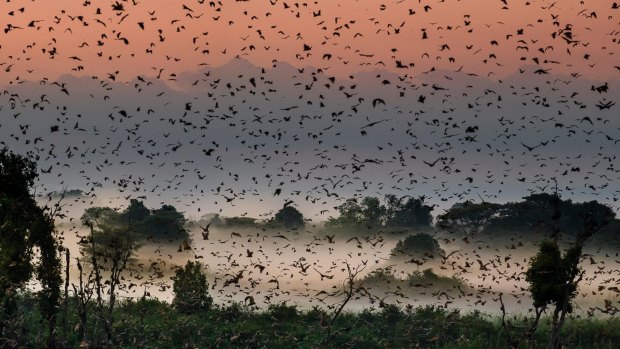
Credit: Alamy
In one of the largest and certainly the most concentrated migration events anywhere, some 10 million straw-coloured fruit bats converge on a small patch of swamp forest in Kasanka National Park in northern Zambia in November and early December to feast on their favourite ripening musuku fruit. Their sheer weight makes trees droop and occasionally breaks branches. Sunrise and sunset provide the awesome spectacle of the bats in the air. See zambiatourism.com
RED CRABS, AUSTRALIA
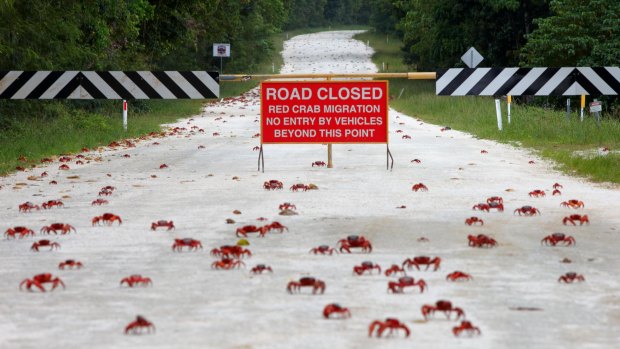
Credit: Alamy
Millions of red crabs emerge from the forest and invade Christmas Island's beaches to lay their eggs during November or December, though the exact timing depends on rainfall and the phases of the moon. There are so many crabs that roads often have to be shut down. In February, there's the further spectacle of baby red crabs emerging from the ocean to start the cycle all over again. See christmas.net.au
BUTTERFLIES, MEXICO
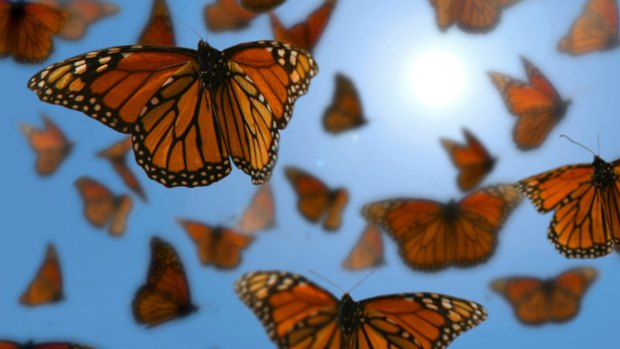
Credit: Alamy
The migration of hundreds of millions of orange-winged monarch butterflies from Canada and the US into Mexico is unusual for taking several generations: the ones that leave aren't the ones that arrive. In Monarch Butterfly Biosphere Reserve in central Mexico they cover trees and the forest floor, and fill the sky in huge clouds. November to March is the time to visit, with butterflies at their maximum in January and February. See visitmexico.com
FLAMINGOS, KENYA
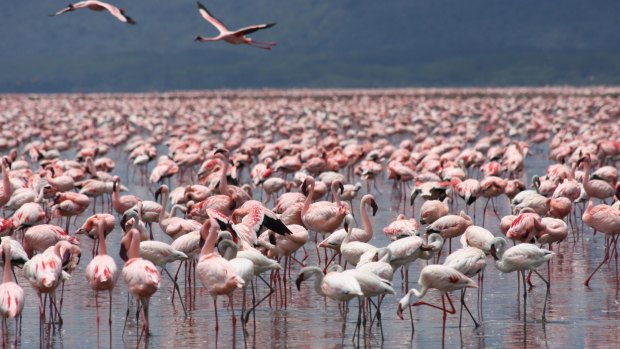
Pink Flamingos at Lake Nakuru.Credit: Alamy
In perhaps the world's most colourful migration, flocks of flamingos travel in V-shaped flying formations between the lakes of East Africa's Rift Valley in search of food. Astounding numbers of flamingos – sometimes more than two million – stand in the shallow waters of Lake Nakuru and Lake Bogoria, usually in January or February depending on the growth of algae that supplies both nutrition and the birds' flamboyant colour. See kws.go.ke
ELEPHANT SEALS, ARGENTINA
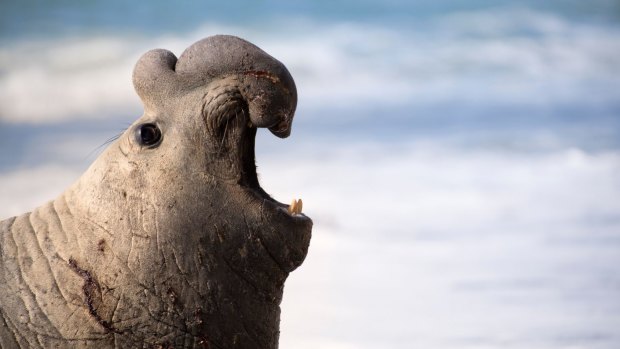
Credit: Alamy
These huge seals with their long, distinctive noses spend most of their lives at sea, returning to land only to breed between September and November, and to moult in January and April. Valdes Peninsula Nature Reserve is a great place to spot these awesome sea creatures. As an added bonus, you might see killer whales in action off the coast, where they swim in wait for unsuspecting seal pups. See argentina.travel
BLUE WHALES, SRI LANKA
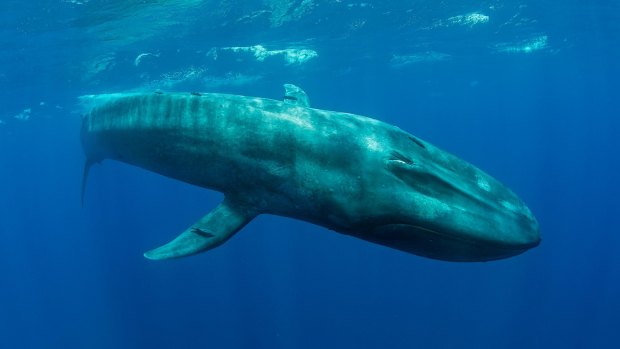
Credit: Alamy
Nowhere else can blue whales be so easily spotted, thanks to deep waters immediately offshore and an upwelling of nutrients. One of the best locations is Mirissa, south of Galle, where blue whales pass by between November and April. Between June and October, having migrated further around the island, they're spotted off Trincomalee in the northeast. Humpback whales and dolphins are other easily-spotted marine creatures. See srilanka.travel
SALMON, CANADA
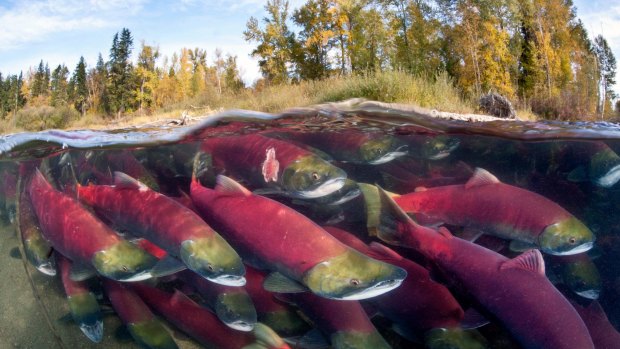
Credit: Alamy
Autumn (October and early November) is the season when salmon spawn in British Columbia's rivers, which means thousands of fish swimming from the sea and upriver to return to where they themselves were spawned. Campbell River and Goldstream Provincial Park are good spots on Vancouver Island to see the spectacle as hungry bald eagles swoop. Adams River near Kamloops sees some two million sockeye spawn during dominant-year runs. See hellobc.com
CARIBOU, US
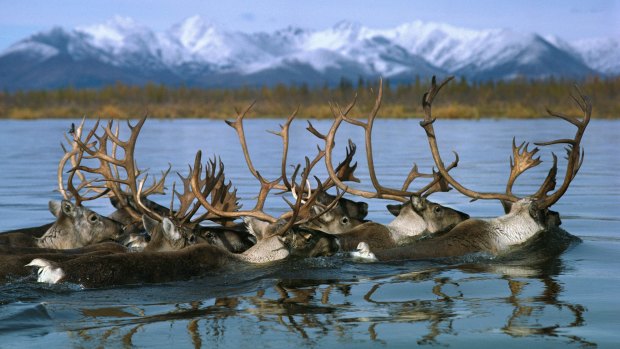
Credit: Alamy
The migration of caribou across all countries of the Arctic is one of the largest movements of animals on Earth. In Alaska, herds of over 200,000 caribou (plus moose) head north in late June and back south again in late September, and are most notably seen in Kobuk Valley National Park, where they have to swim the Kobuk River. Calves are born throughout the northern summer months. See travelalaska.com
TURTLES, COSTA RICA
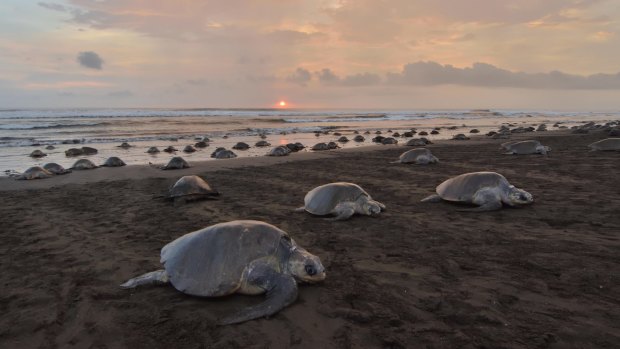
Credit: Alamy
Four types of turtle trundle up Costa Rica's beaches for mass egg-laying, but it's the olive ridley sea turtle that supplies the biggest numbers. Head to Ostional Wildlife Refuge on the Nicoya Peninsula or to Santa Rosa National Park to see tens of thousands of these turtles arrive a week or so prior to a full moon during the September and October rainy season. See visitcostarica.com
WILDEBEEST, TANZANIA
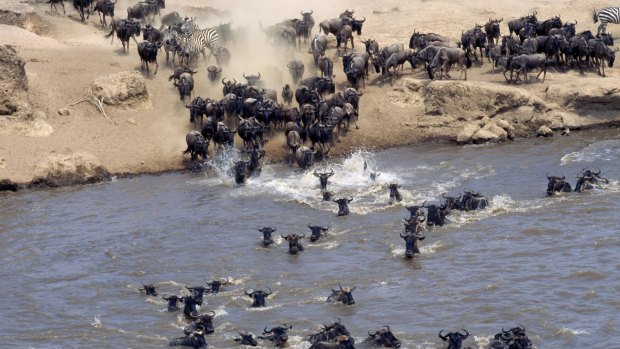
. Credit: Alamy
The annual migration in Serengeti National Park sees vast numbers of wildebeest (plus zebras and gazelles) follow new grass growth on the savannah. The mass movement starts in late December, with calving in mid-February, when half a million young are born. As the rains end, the migration moves back northwards in May and June, when dramatic crossings of the Grumeti and Mara rivers' crocodile-infested waters provide a gruesome spectacle. See tanzaniatourism.go.tz
Sign up for the Traveller Deals newsletter
Get exclusive travel deals delivered straight to your inbox. Sign up now.